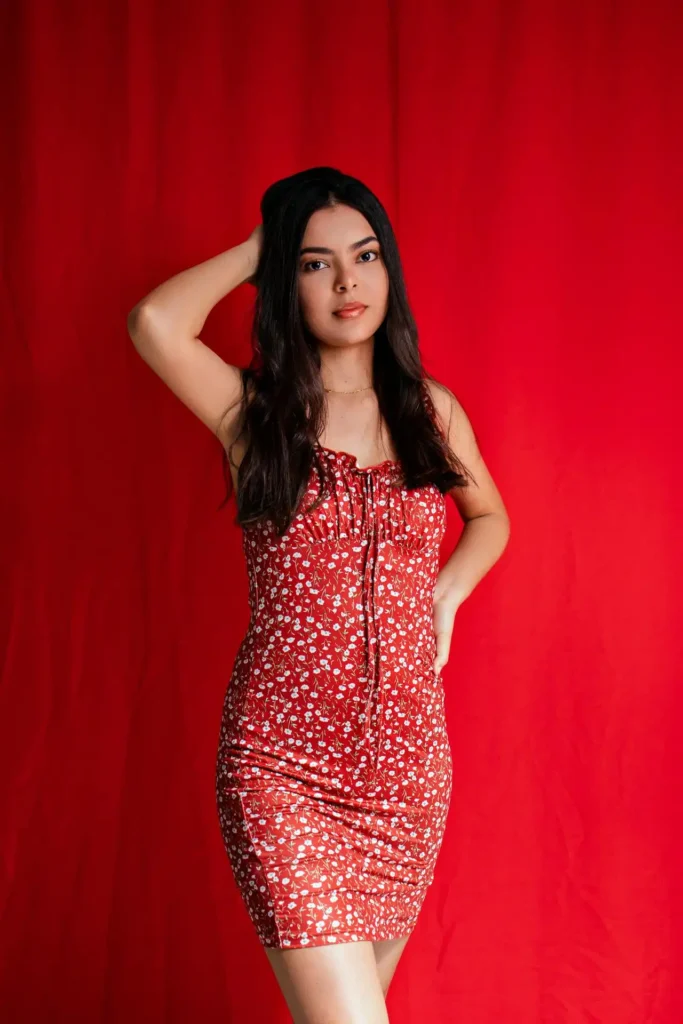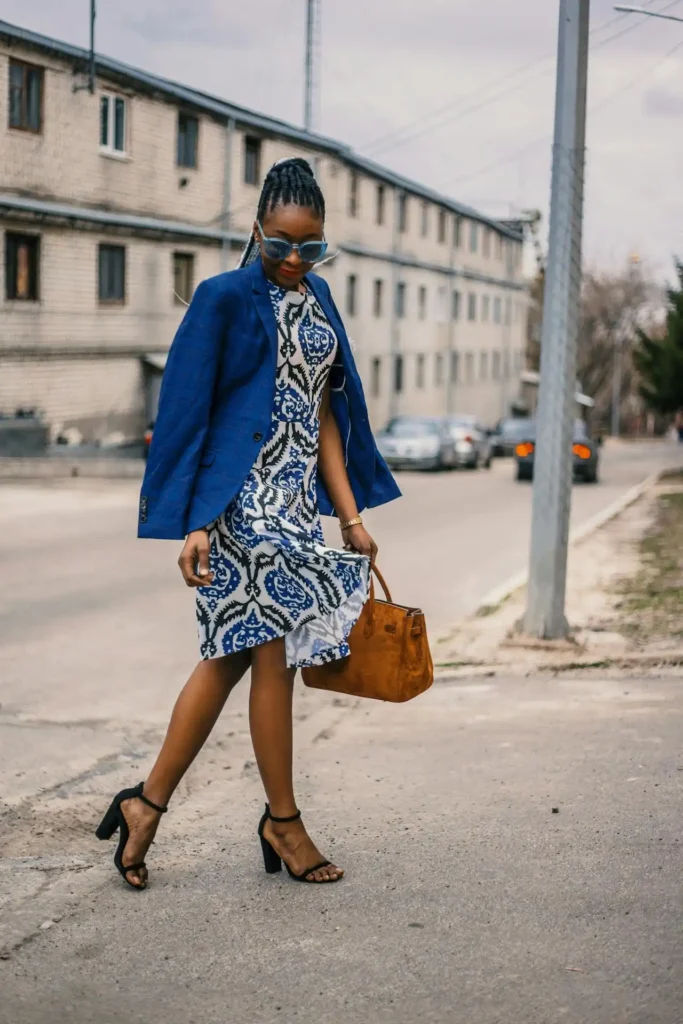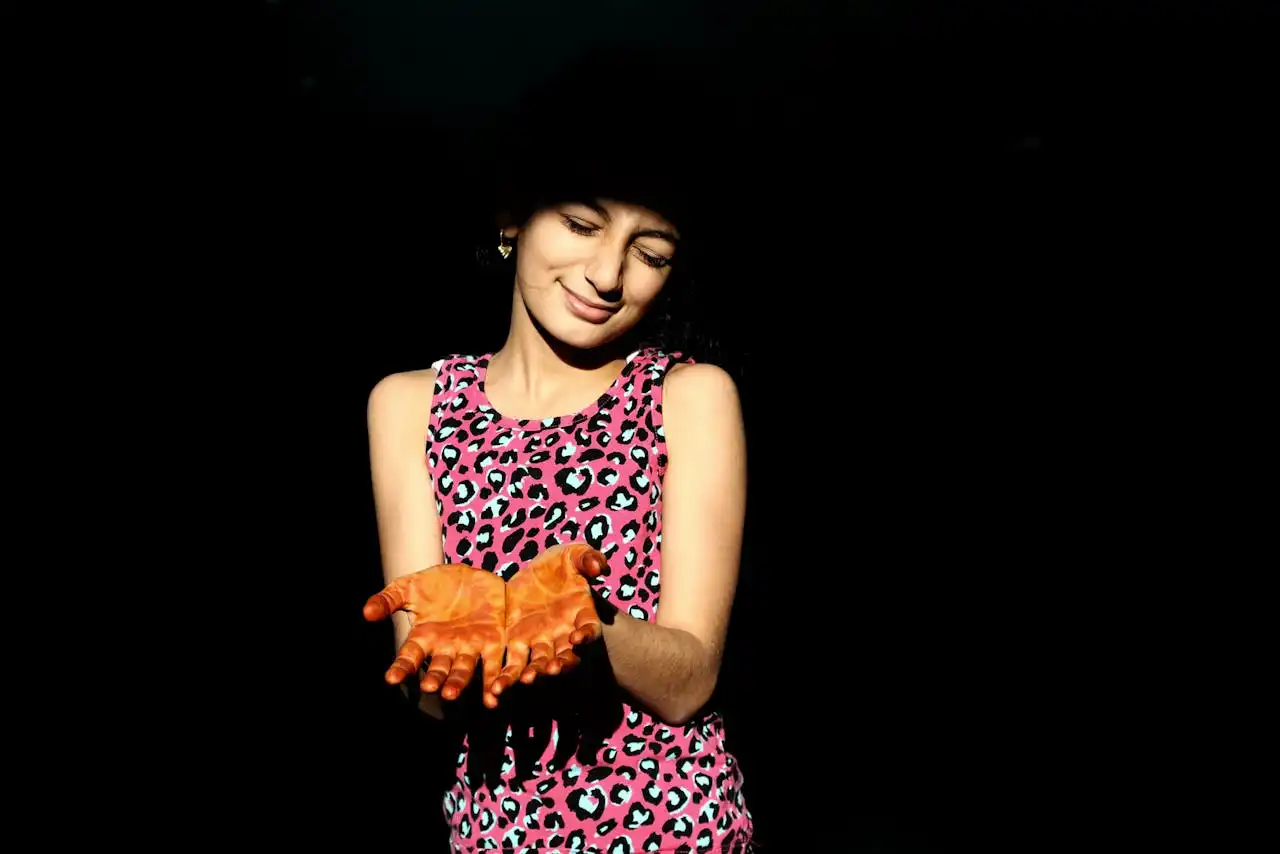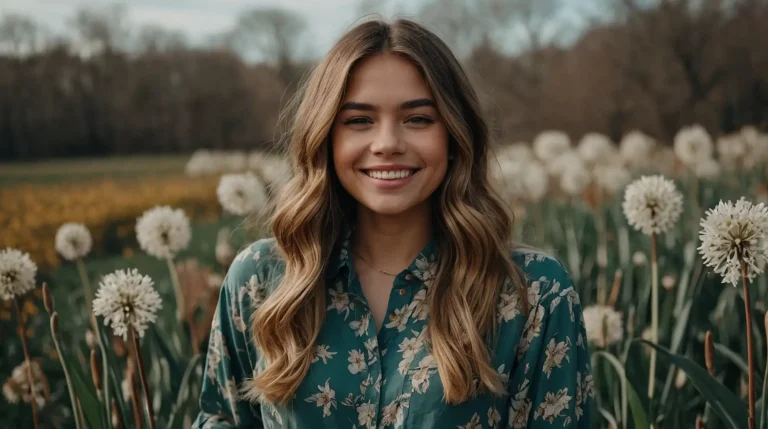How to Mix Prints Like a Fashion Pro
Pattern mixing intimidates even seasoned fashion lovers, but it doesn’t have to scare you.
When you master the art of combining prints, you’ll unlock endless styling possibilities and create outfits that turn heads for all the right reasons.
Start with Neutrals as Your Foundation

You can’t go wrong when you anchor bold patterns with neutral pieces. Think of neutrals as your safety net – they ground busy prints and prevent your outfit from looking chaotic.
Black, white, beige, navy, and gray work as perfect mediators between competing patterns.
When you wear a floral blouse with geometric pants, add a solid blazer in one of these neutral shades to tie everything together.
Don’t underestimate the power of a neutral accessory either. A simple black belt can visually separate two different prints while maintaining harmony.
Similarly, nude shoes create a clean foundation that lets your mixed patterns shine without overwhelming your entire look.
Remember that denim counts as a neutral too. You can pair patterned tops with classic blue jeans, or wear a striped shirt under a floral jacket.
Denim’s casual nature makes it incredibly forgiving when you’re experimenting with print combinations.
Follow the Scale Rule for Perfect Balance
The scale rule stands as one of fashion’s most reliable guidelines for mixing prints successfully.
You want to pair patterns of different sizes to create visual interest without causing your eyes to compete for attention.
Large-scale patterns demand attention and work best when you balance them with smaller, more subtle designs.
If you’re wearing a bold, oversized floral dress, pair it with a delicate polka dot scarf or thin-striped accessories.
Medium-scale patterns offer the most versatility. You can combine them with both large and small prints, making them perfect for beginners who want to experiment safely.
A medium paisley top pairs beautifully with tiny gingham pants or large geometric jewelry.
Small-scale patterns act as almost-neutrals in your outfit. Use them when you want to add subtle texture rather than make a bold statement.
Tiny checks, miniature florals, and thin stripes can accompany nearly any other pattern without creating chaos.
Stick to a Cohesive Color Palette
Color coordination saves even the most daring print combinations from looking like a fashion disaster.
When your patterns share common colors, they naturally complement each other regardless of their different designs.
Choose two to three colors maximum for your print-mixing adventure. This subtle attention to detail elevates your print mixing from amateur to professional level.
If you’re wearing a red and white striped top, look for patterns that incorporate red, white, or colors that complement them like navy blue or black.
Monochromatic mixing creates sophisticated looks that feel intentional rather than accidental.
You can combine different patterns in varying shades of the same color family – think navy stripes with lighter blue florals or burgundy checks with wine-colored paisleys.
Don’t forget about undertones when selecting your color palette.
Warm undertones pair best with other warm colors, while cool undertones harmonize with fellow cool shades.
Master the Art of Strategic Pattern Pairing

Certain pattern combinations work together more naturally than others, and understanding these relationships helps you create effortlessly chic looks every time you get dressed.
Stripes play well with almost everything. The linear nature of stripes provides structure that grounds more organic patterns.
You can pair horizontal stripes with floral prints, vertical stripes with polka dots, or even mix different stripe widths for an unexpected twist.
Florals and geometric patterns create beautiful contrast when combined thoughtfully. The soft, curved lines of flower prints balance the sharp angles of geometric designs.
Try pairing a romantic rose print with clean, architectural patterns for an interesting juxtaposition.
Polka dots act as the chameleons of the pattern world. These circular prints work with stripes, florals, plaids, and even other polka dots in different sizes.
Their simple, repetitive nature makes them incredibly versatile mixing partners. Animal prints deserve special mention because they function almost like neutrals.
Leopard, zebra, and snake prints pair surprisingly well with florals, stripes, and geometric patterns when you keep the color palette coordinated.
Use Accessories to Test the Waters
Accessories offer the perfect low-risk way to experiment with print mixing before committing to full-pattern outfits.
You can easily remove or swap accessories if your combination doesn’t work as planned. Scarves provide an excellent starting point for print mixing beginners.
Drape a patterned scarf over a solid outfit, then gradually introduce other prints through bags, shoes, or jewelry once you feel more confident.
Handbags let you add pattern without overwhelming your entire look. Shoes offer another subtle way to introduce additional patterns.
A leopard print clutch can enliven a simple black dress, while a striped tote adds interest to floral separates without competing for attention.
Polka dot flats can complement a striped dress, or geometric-patterned heels can add visual interest to a solid-colored outfit that includes patterned accessories.
Statement jewelry allows you to layer patterns in unexpected ways. Geometric earrings can complement a floral dress, while a striped watch band adds subtle pattern mixing to any outfit.
Break Rules with Confidence
Fashion rules exist to guide you, but breaking them intentionally can create the most memorable and personal looks.
Once you understand the basics, you can bend guidelines to suit your individual style.
More-is-more maximalist has gained popularity among fashion-forward individuals who aren’t afraid to combine multiple bold patterns in one outfit.
If you choose this approach, maintain some unifying element like color or theme to prevent total chaos.
Same-pattern mixing challenges conventional wisdom but can look incredibly sophisticated when executed properly.
Try wearing different scales of the same pattern – like pairing large polka dots with tiny ones, or combining thick stripes with thin ones.
Clashing colors can work when you commit fully to the bold choice. Trust your instincts over rigid rules.
Hot pink and orange might seem jarring, but when you pair them confidently with complementary patterns, they can create striking, editorial-worthy looks.
If a combination feels right to you and makes you feel confident, wear it proudly. Personal style should reflect your personality, not fashion magazine dictates.
Consider Texture and Fabric Weight
The physical properties of your garments affect how patterns interact with each other, making texture and fabric weight crucial considerations in successful print mixing.
Lightweight fabrics like silk and chiffon create gentle pattern combinations that feel romantic and effortless.
These delicate materials allow patterns to blend softly rather than compete aggressively for attention.
Heavier fabrics like wool and denim make bolder statements with their patterns.
When mixing prints in substantial fabrics, ensure you balance proportions carefully to avoid looking overwhelmed by your clothing.
Textured fabrics add another layer of visual interest to pattern combinations. Shiny versus matte finishes create natural contrast that enhances print mixing.
A tweed blazer with subtle pattern brings dimension to printed blouses, while corduroy pants add tactile appeal to patterned tops.
Pair a silk floral blouse with matte cotton striped pants, or combine a leather geometric skirt with a soft knit patterned sweater.
Layer Strategically for Complex Looks

Layering allows you to introduce multiple patterns gradually, building complex looks that maintain visual harmony through careful construction and thoughtful proportion management.
Start with your base layer and add patterns incrementally. Vary the intensity of your patterns throughout your layers.
Begin with a solid foundation, add one patterned piece, then introduce additional prints through outerwear, accessories, or accent pieces.
If your base layer features a bold print, choose subtler patterns for your outer layers, or vice versa to maintain visual balance.
Use solid-colored layers to separate competing patterns. Pay attention to proportions when layering multiple patterns.
A solid cardigan between a patterned shirt and printed scarf gives your eyes a place to rest while maintaining outfit cohesion.
Longer patterns should generally appear on larger pieces of clothing, while shorter patterns work better on smaller garments and accessories.
Conclusion
Mixing prints successfully combines understanding basic guidelines with developing personal confidence.
Practice these techniques gradually, and soon you’ll create stunning pattern combinations that express your unique style effortlessly.







